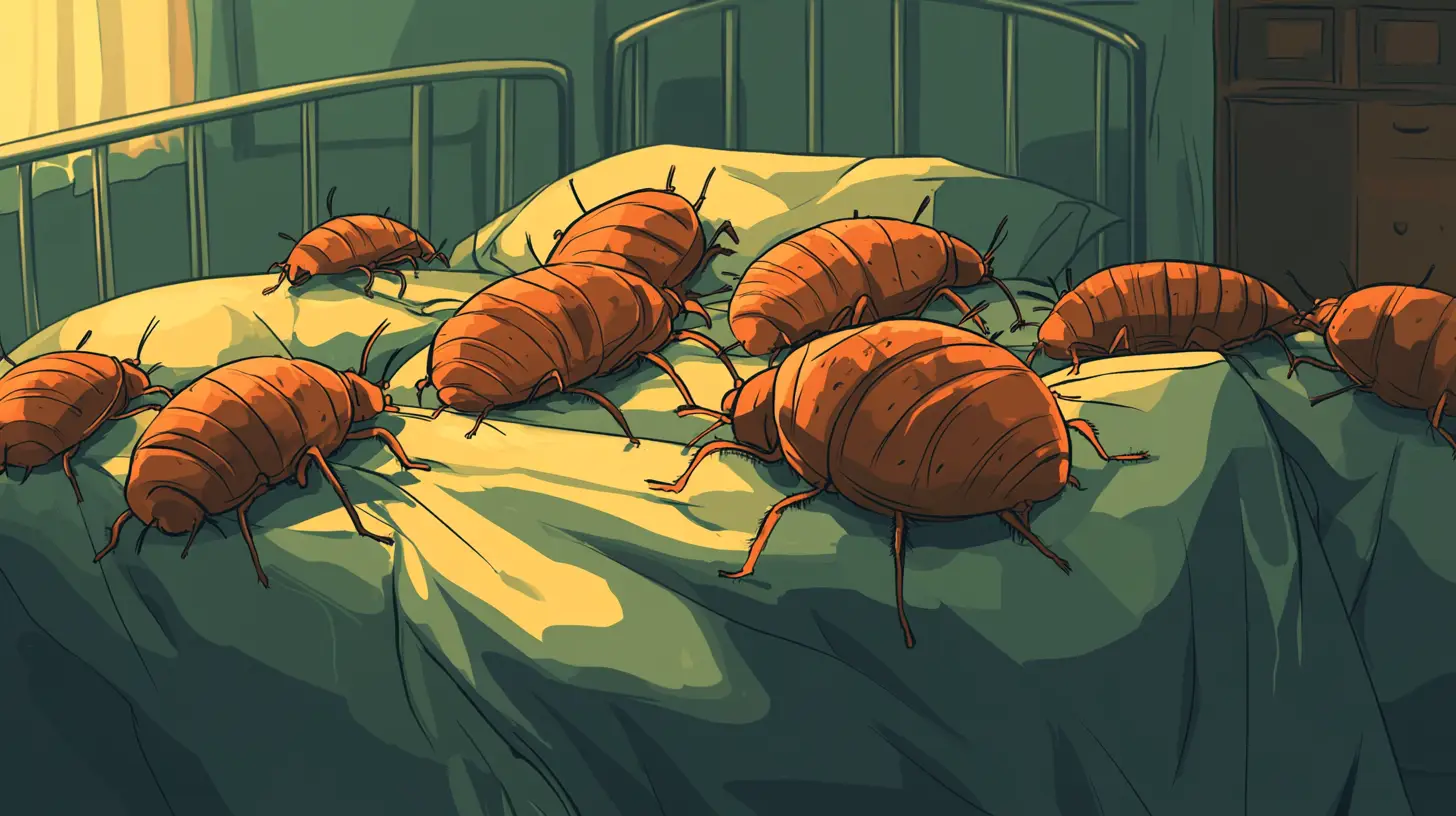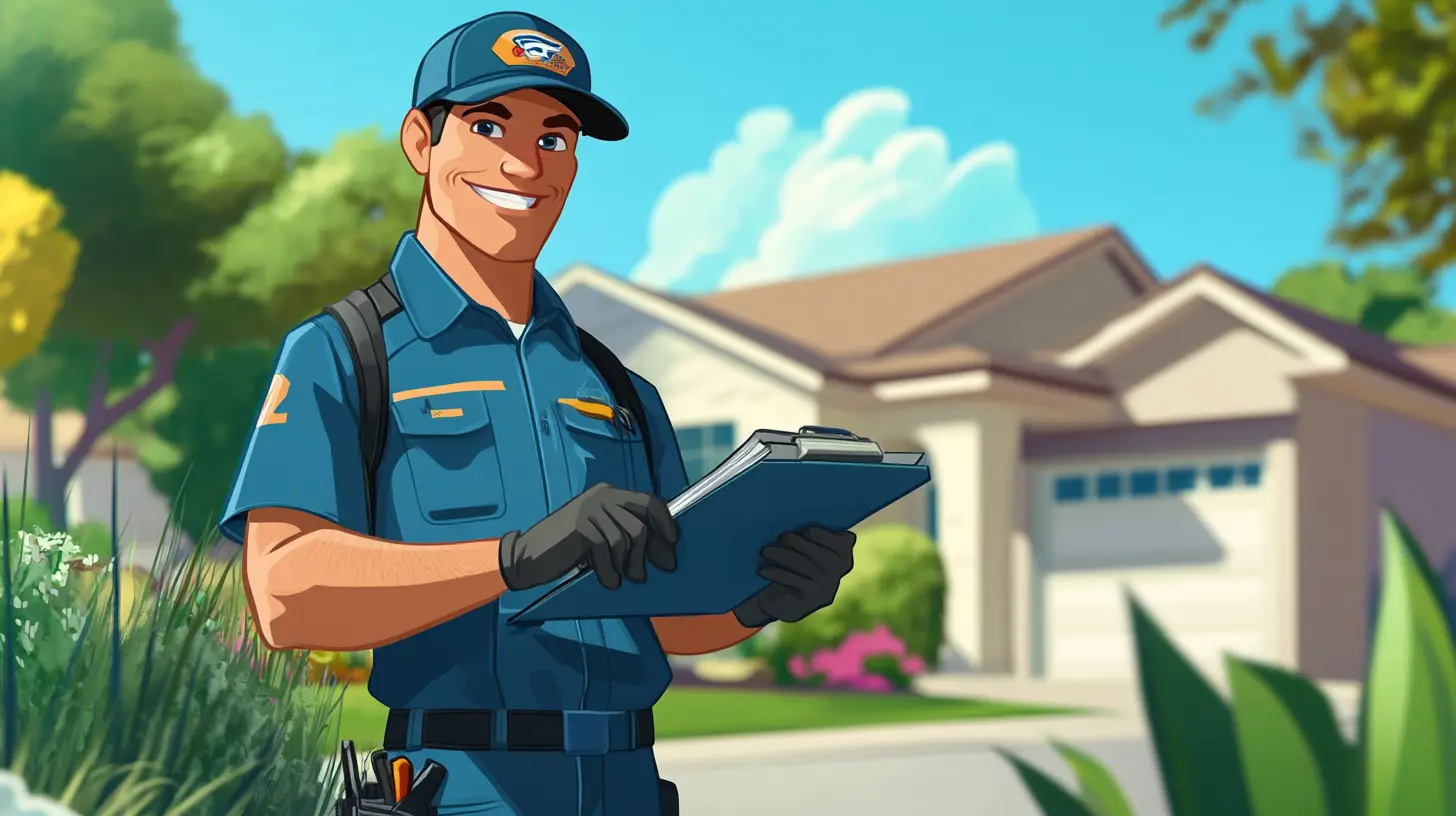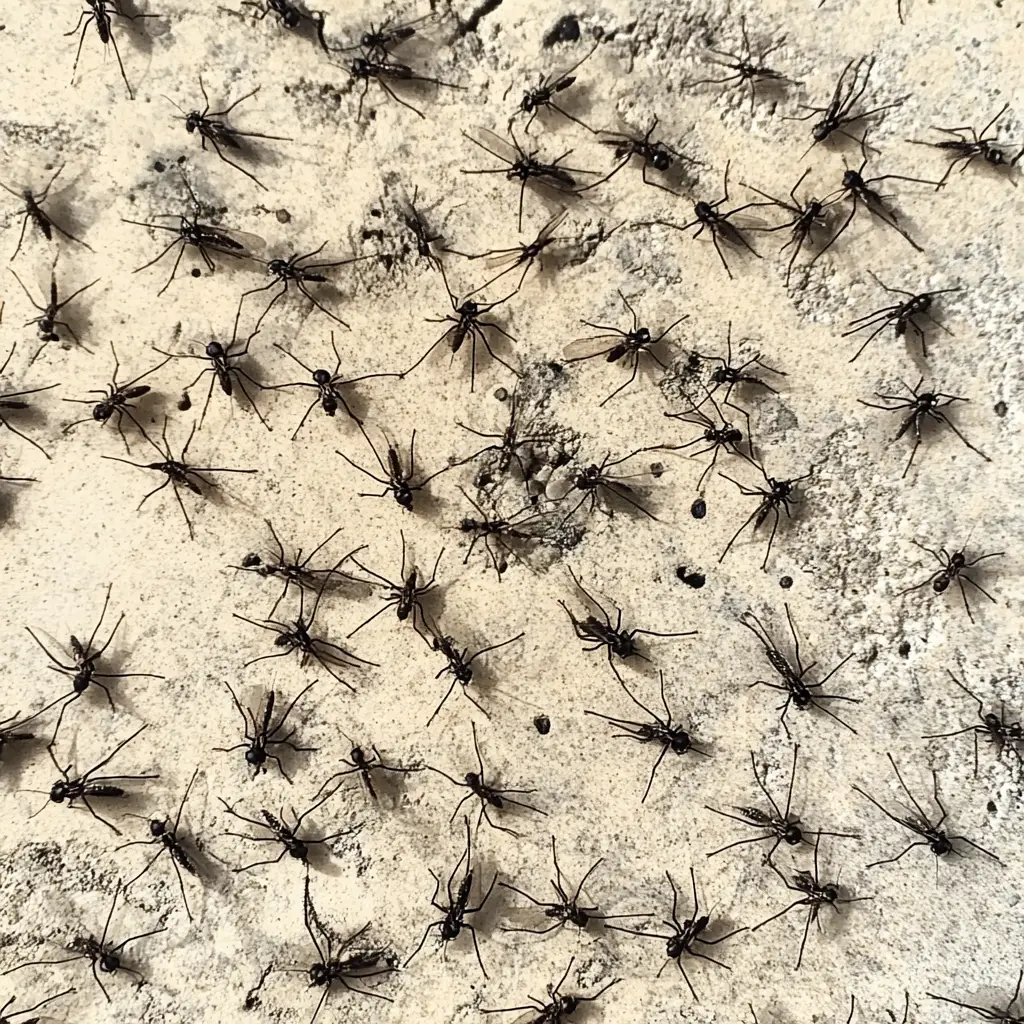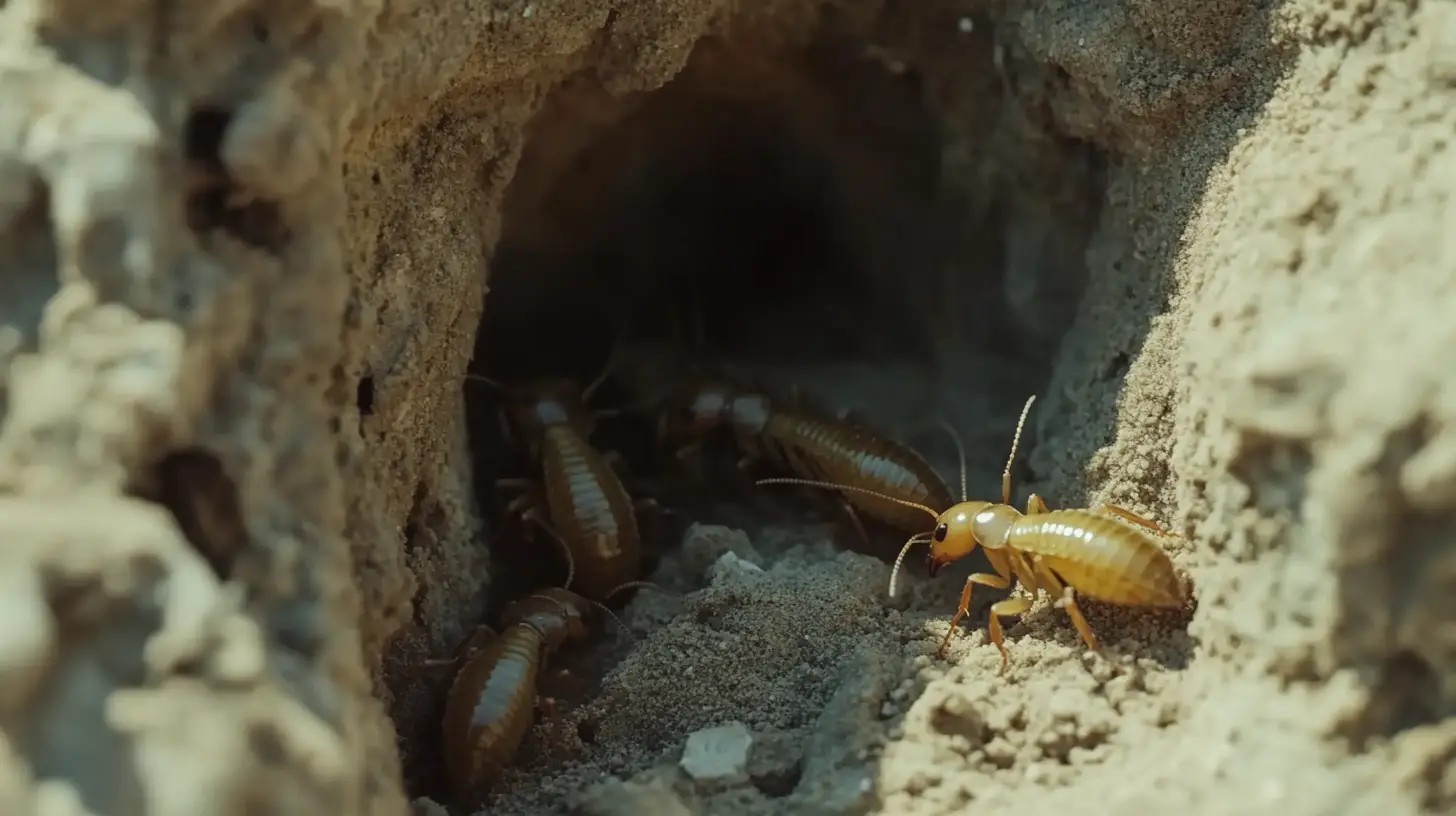
Table of Contents
Termite control in Bradenton requires specialized approaches due to our humid subtropical climate that creates ideal conditions for these destructive pests. Florida homeowners face unique challenges with both subterranean and drywood termites active year-round, making professional prevention and treatment essential for protecting your investment.
Key Takeaways
- Climate Vulnerability: Bradenton’s warm, humid environment creates ideal conditions for termites to remain active throughout the year, necessitating vigilant monitoring.
- Prevention Value: Professional preventative treatments typically cost $300-800 annually but save thousands in potential structural damage repairs.
- Treatment Options: Different termite species require specific treatment approaches, with liquid treatments and baiting systems being most effective for subterranean termites while fumigation works best for drywood infestations.
- Property Protection: Regular inspections and maintenance can identify early signs of termite activity before significant damage occurs.
- Long-term Investment: Professional termite protection programs provide ongoing peace of mind and protect property values in Bradenton’s competitive real estate market.
How Often Should You Trench for Termites?
Trenching for termite treatment in Bradenton typically follows a 5-7 year cycle for chemical barriers, though inspection schedules should be more frequent. This timeline reflects the effective lifespan of modern termiticides in our sandy Florida soils, which experience faster breakdown due to heavy rainfall and high microbial activity.
For Bradenton homes with elevated risk factors—such as properties near conservation areas, homes with extensive landscaping against foundations, or those with previous termite history—more frequent retreatment every 3-5 years may be recommended. Professional inspections should occur annually regardless of treatment schedule to monitor barrier integrity and detect any new activity.
The trenching process involves digging a narrow trench around your home’s perimeter and applying liquid termiticide to create a protective barrier. In Bradenton’s predominantly sandy soil, trenching typically extends 6-8 inches deep and 4-6 inches wide, with special attention given to areas where plumbing or utilities penetrate the foundation, as these create natural entry points for subterranean termites.
Many Bradenton homeowners complement liquid barrier treatments with monitoring stations placed around the property perimeter. These stations, checked quarterly, provide early detection of termite activity before colonies reach your home. This integrated approach has proven particularly effective in waterfront areas like Palma Sola and northwestern Bradenton neighborhoods where termite pressure tends to be highest.
How Much Does a Termite Clearance Letter Cost?
In Bradenton, termite clearance letters typically cost between $75-150 for a basic inspection and letter, with additional fees if treatment is required prior to clearance. These Wood Destroying Organism (WDO) reports are essential documents for real estate transactions, and prices reflect the significant liability inspectors assume when certifying a property’s termite status.
Several factors influence pricing for termite clearance letters in Bradenton’s real estate market. Property size impacts inspection time, with larger homes or those with complex construction typically commanding higher fees. Accessibility issues like crawlspaces, multiple attics, or extensive storage areas that must be moved for proper inspection also affect costs.
Many Bradenton companies offer discounted inspection fees if you’re already enrolled in their termite protection program, with some including annual WDO inspections as part of premium service packages. This arrangement proves particularly valuable in our active real estate market, where having current documentation readily available can expedite property transactions.
For Bradenton homeowners planning to sell, scheduling a pre-listing termite inspection provides time to address any issues before listing your property. Many local inspectors will credit the cost of the initial clearance letter toward treatment if problems are discovered, making this a cost-effective approach to avoiding closing delays due to termite concerns.
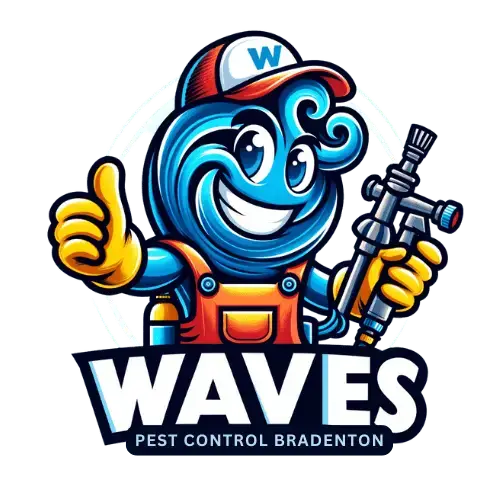
Get Pest-Free Today!
Trust Bradenton Pest Control for expert pest solutions in Bradenton. Call now or request your free quote online!
Request a QuoteIs Termite Treatment Worth the Money?
For Bradenton homeowners, professional termite treatment represents essential protection rather than an optional service. With average termite damage repairs costing $3,000-8,000 in Florida and extensive structural damage potentially exceeding $20,000, preventative treatment delivers significant financial value compared to repair costs.
The risk assessment for Bradenton properties must account for our region’s extremely high termite pressure. University of Florida research indicates homes in our area have approximately a 1-in-3 chance of termite attack within five years if left untreated. This risk level is substantially higher than national averages, making protection services particularly valuable for local homeowners.
Different treatment approaches offer varying value propositions based on your specific situation. Annual termite protection plans in Bradenton typically range from $300-800 yearly based on home size and construction type, with most plans including regular inspections and retreatment if activity is discovered. These programs often include damage warranties, providing financial protection should termites bypass treatment measures.
Bradenton homes constructed primarily of CBS (Concrete Block Structure) face different risk profiles than older wood frame homes common in historic neighborhoods like Village of the Arts or Ballard Park. While concrete construction reduces some subterranean termite entry points, CBS homes remain vulnerable through wood roof structures, door frames, and interior framing, making protection valuable regardless of construction type.
Can a Termite-Infested House Be Saved?
Houses with termite infestations in Bradenton can absolutely be saved with prompt, professional intervention. The subtropical climate in our region accelerates termite activity, but also means construction methods have evolved to facilitate repairs when damage occurs. Even properties with significant termite damage can typically be restored through targeted structural repairs once the infestation is eliminated.
The restoration process begins with thorough termite elimination using methods appropriate to the specific termite species. For subterranean termites common in waterfront areas like Palma Sola and northwestern Bradenton, this typically involves liquid barrier treatments or baiting systems. Drywood termites, more prevalent in older neighborhoods east of downtown, usually require fumigation or targeted wood treatments.
Once active infestations are eliminated, damage assessment guides the repair strategy. Bradenton’s building codes require specific protocols for structural wood replacement, particularly for load-bearing elements. Professional assessment distinguishes between cosmetic damage and structural compromise, ensuring repairs address all safety concerns while avoiding unnecessary work.
The restoration timeline for Bradenton homes typically ranges from several days for minor damage to several weeks for extensive repairs. Our region’s high humidity requires special attention to moisture management during repairs to prevent creating conditions favorable for future termite activity or mold development. This often includes improving ventilation, addressing drainage issues, and using termite-resistant materials for replacements.
Insurance coverage for termite damage repairs varies significantly in Bradenton. Standard homeowner’s policies typically exclude termite damage, classifying it as preventable maintenance rather than sudden, accidental damage. However, some termite protection plans include repair warranties that cover treatment failure, providing financial protection against future damage costs.
Is Tenting for Termites Worth It?
Tenting (fumigation) for drywood termites in Bradenton represents a significant investment but delivers comprehensive elimination impossible to achieve through spot treatments alone. With costs typically ranging from $1,500-4,000 depending on home size, tenting requires careful consideration but provides the most thorough solution for drywood termite infestations.
The value proposition for tenting becomes particularly clear for properties with confirmed extensive or inaccessible drywood termite infestations. Many historic Bradenton homes in neighborhoods like Wares Creek or Point Pleasant feature construction elements that create numerous hidden spaces where termites can remain undetected during spot treatments. For these properties, fumigation offers the only reliable elimination method.
Bradenton’s climate considerations also impact tenting effectiveness. Our high humidity and frequent rainfall can affect scheduling, with many professionals recommending winter months (November-February) as optimal for fumigation when possible. During these periods, lower humidity improves gas distribution throughout the structure and reduces the risk of weather-related scheduling disruptions.
Alternative treatments like localized wood injection or heat treatments may provide cost-effective options for limited infestations, typically costing 40-60% less than full-structure fumigation. However, their effectiveness depends entirely on accurate identification of all infested areas—something difficult to guarantee without destructive inspection methods. For this reason, many Bradenton pest professionals recommend fumigation when drywood termites are confirmed in multiple locations throughout a structure.
Following fumigation, preventative measures become essential to prevent reinfestation. Bradenton homes benefit from regular inspections, maintaining termite bonds, reducing wood-to-soil contact around the foundation, and controlling moisture—particularly important in our humid climate where wood moisture content often reaches levels attractive to termites.
Frequently Asked Questions (FAQs)
What are the signs of termites in Bradenton homes?
Common signs include mud tubes along foundations or walls, discarded wings near windows and doors (particularly common after rain showers in spring and summer), hollow-sounding wood, and bubbling or uneven paint. Swarms typically occur between January and May in Bradenton, often following rainfall when humidity is high.
How long does termite treatment last in Bradenton’s climate?
Modern liquid termite treatments typically remain effective for 5-8 years in Bradenton’s soil conditions, though heavy rainfall and sandy soil can reduce longevity. Baiting systems require ongoing monitoring and component replacement but provide continuous protection when properly maintained. Annual inspections are recommended regardless of treatment type.
Can I treat for termites myself in Bradenton?
While DIY treatments are available, they typically lack the comprehensive coverage and warranty protection of professional applications. Bradenton’s high termite pressure and unique soil conditions make professional treatment significantly more reliable for long-term protection. DIY approaches may be appropriate for spot treatments but aren’t recommended for whole-house protection.
Are termites more common in certain Bradenton neighborhoods?
Waterfront areas along Palma Sola Bay, the Manatee River, and coastal zones typically experience higher subterranean termite pressure due to soil moisture levels. Historic neighborhoods with older homes often face greater drywood termite challenges. New construction areas may see delayed termite activity but remain vulnerable without proper preventative treatment.
How do I prepare my Bradenton home for termite treatment?
Preparation requirements vary by treatment method. Liquid treatments typically require clearing the foundation perimeter and disconnecting rain downspouts. Fumigation requires removing all people, pets, plants, and unsealed food items for 2-3 days. Your termite professional should provide a detailed preparation checklist specific to your selected treatment method.
Will termite protection affect my landscaping in Bradenton?
Modern treatment approaches minimize landscape disruption. Liquid applications require trench digging around the foundation, which may temporarily impact foundation plantings. Baiting systems create minimal disruption but require access for regular monitoring. Discuss landscape concerns with your provider before treatment to identify the least disruptive approach for your property.



